Anvil’s Storage Utilities 1.1.0
Anvil’s Storage Utilities is a comprehensive benchmark that gives us a very in-depth look at the performance of drives tested.
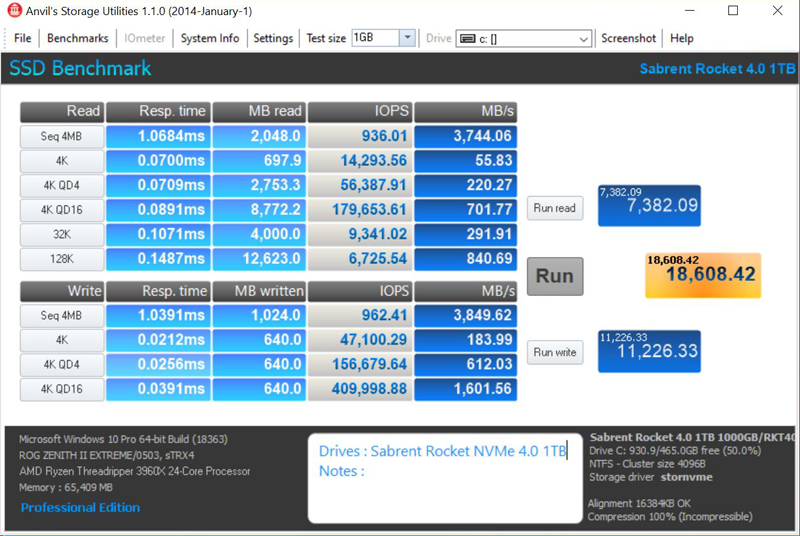
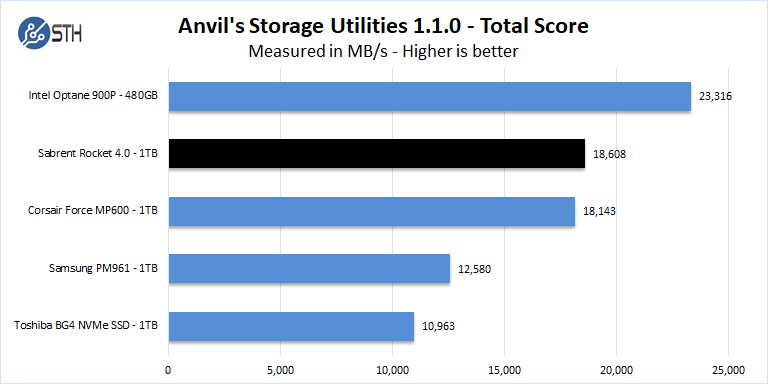
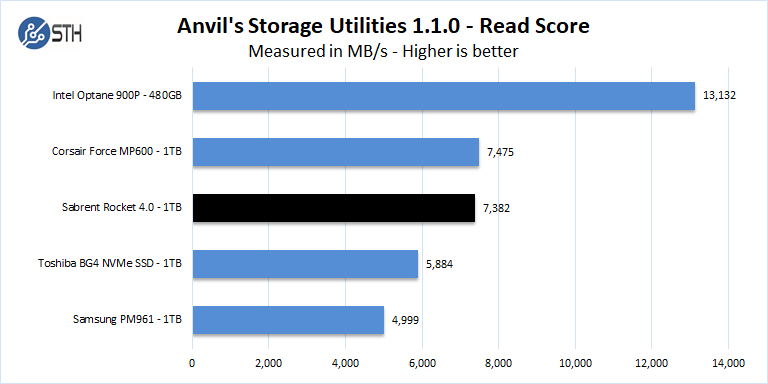
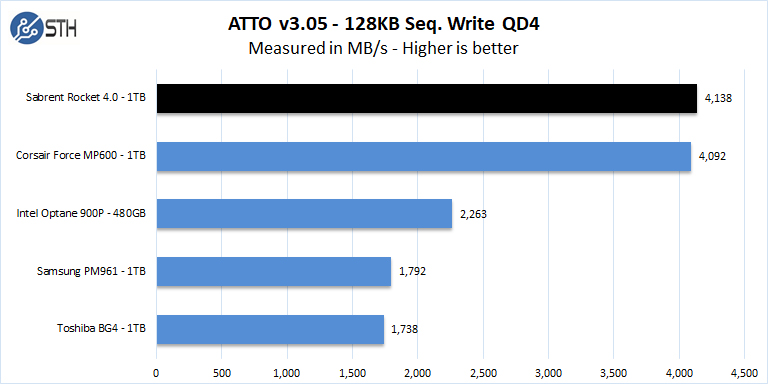
With Anvil’s benchmark, the Intel Optane 900P is clearly the top performer. However, the two PCIe Gen4 drives perform better than their NAND Gen3 counterparts.
AS SSD 2.0.6821.41776 Benchmark
AS SSD Benchmark is another good benchmark for testing SSDs. We run all three tests for our series.
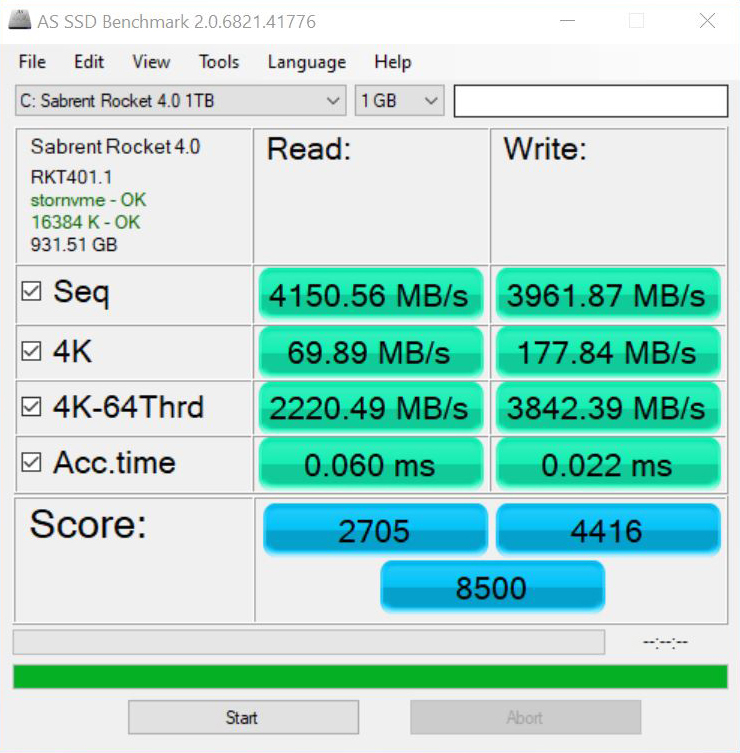
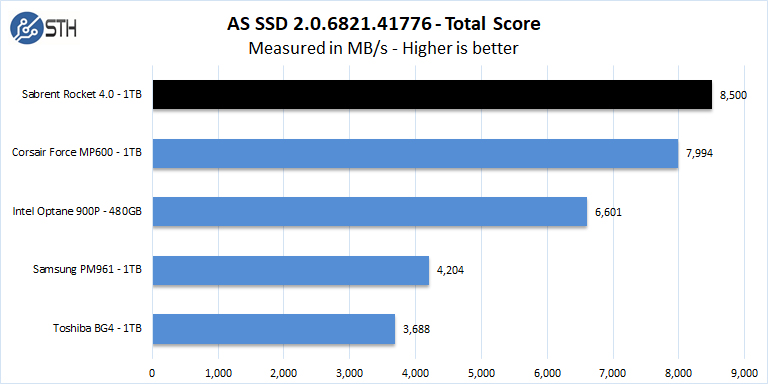
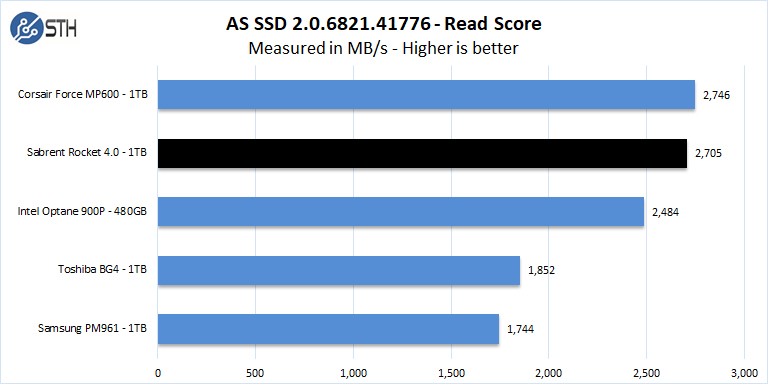
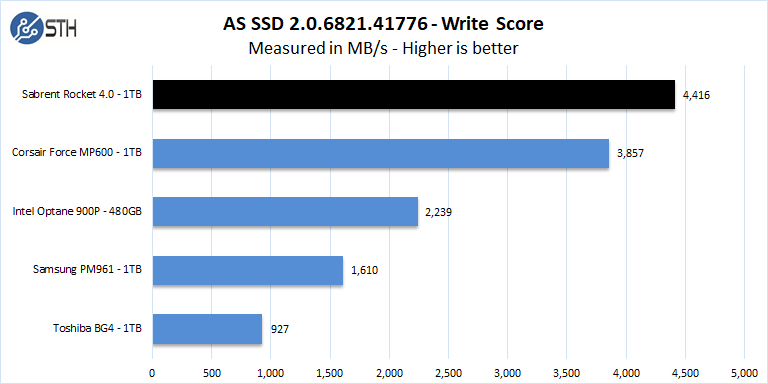
We were slightly surprised to see the AS SSD write score for the Rocket NVMe 4.0 at over 10% faster than the Corsair drive.
Let us continue with System Benchmarks.




Does the infinity fabric clock stay at 1:1 with ram at 3600 mHz? I thought it went async at 3200? Or was that higher?
FYI if you bundle the heatsink at the store page rather than buying it as a separate order, it only costs $10 more.
Also, not sure what you mean by “If you do need a heatsink, then the Corsair is the less expensive solution.” The MP600 is $220. The Rocket with the heatsinks is $180, or $170 without.
These reviews dont say much unless you test writing hundreds of GBs to the drive and see how it performs over a long time. All these nvme drives have fast enough read performance – the SLC write cache is usually the bottleneck and all these benchmarks dont really test that.
It all comes down to que depth.
At a que depth of 1 to 2, which you get when loading games or applications, this drive performs only marginally better than a budget Intel drive. These don’t shine unless you are working with large databases or hosting several VMs to push the que depth into the 8 to 16 territory which no normal user can or would do
Yea for enterprise drive were all serching for:
– performance @ Q1, Q2
– performance after TBW going neer life time limit (1800 TBW, 4 GB/s = 5 days of test @ full)
– tests that dont use the RAM cache on SSD but use the drive (crystal disk is useless)
– connecting the drive not as the system drive for the test
A lot of these tests are using a 1GB test file size (CrystalDiskMark, AS SSD benchmark – and only 256MB for atto) which is largely useless as it fits inside the cache RAM of many drives and is far from enough to reach steady-state – 0.2 seconds of transfer at 5GB/sec; would be very interested to see these re-run with an 8-16GB test file size